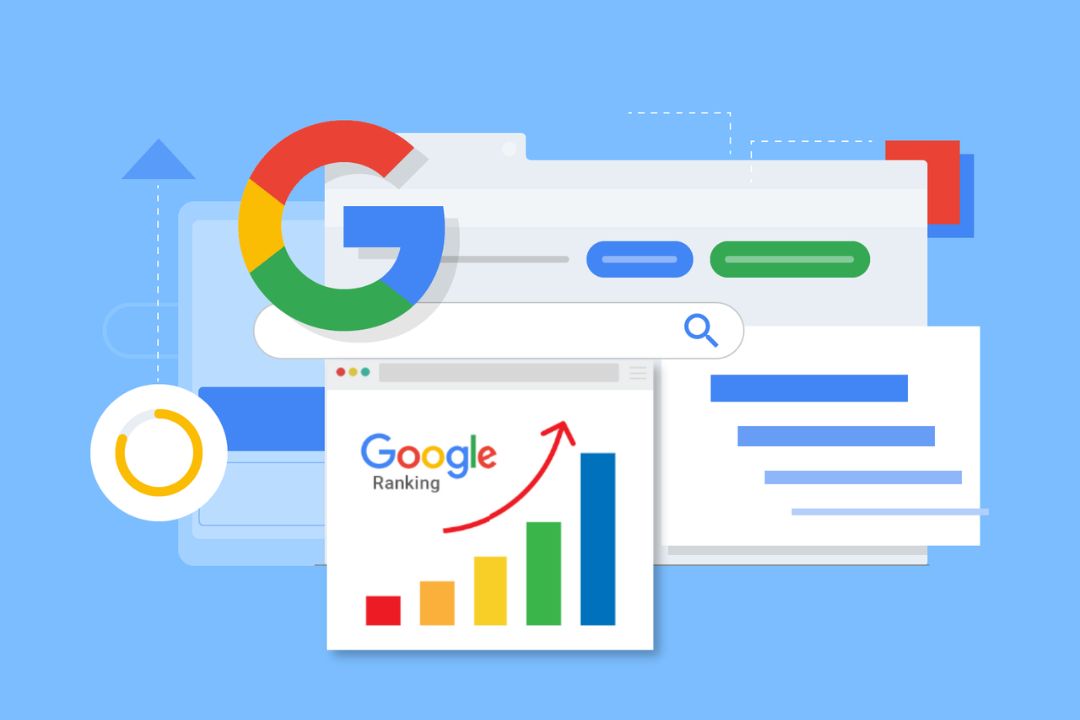How much AMP matters for SEO?
Accelerated Mobile Pages (AMP) has failed to make a mark on search engine industry even after two years of its operations and Google’s best efforts to push the AMP to the market. Google announced mobile-first index to encourage publishers to embrace AMP over responsive designs. It also allowed AMP over AdWords for display and search ads but AMP got little recognition in search industry.
Let’s discuss AMP journey towards success and the roadblocks
Get started with AMP
The number of Google AMP documents has reached to over 2 billion since its rollout. And the number of domains containing AMP pages is over 900,000 and these domains include big brands like eBay, WordPress and Washington Post. AMP pages download 2x faster and studies show that fast downloading helps in increasing traffic, improving dwell time and increase engagement with visitors.
Anticipating the future benefits of AMP, it becomes mandatory for websites to have dedicated AMP domains instead of responsive web pages.
- By 2020, 80% of total Internet traffic would come from mobiles
- According to a 2016 study, over 50% searches are conducted on mobiles
- Over 50% of non AMP pages are abandoned
- A delay of one second can reduce the conversion rate up to 7%
Many businesses are still not using AMP pages and they have reasons to believe that AMP isn’t suitable to their needs. They cite a drawback that is AMP strips out many on pager elements that are helpful in taking the visitors to the actual sites as reason to not using AMP pages for their sites. Ad space is reduced considerably on AMP pages.
AMP pros & cons
Google introduced AMP pages to boost mobile traffic but the project seems to be heading towards a dead end. AMP structurer makes pages quick downloading as the pages consume less data. Its lite image customization feature compresses document size and also reduce bandwidth usage by up to 45%.
AMP is quite beneficial for SEO as faster download improves UX by increasing user engagement. Google favors AMP articles that figure on top of organic results. But switching to AMP has never been a hassle free job. It uses source codes for which you need expertise of a seasoned web developer. Also not all AMP pages are equal. The revelation that most AMP documents take up to 8 seconds in downloading is quite discouraging. The median load time for an AMP page is 1 second. The load time increases because of sites using stripped down version of AMPs and some sites don’t incorporating the code effectively.
Lessons from AMP
Google is going to roll out mobile first index that will highlight need of AMP pages. But in present situation, AMP has little benefits for SEO. While Google is trying its best to encourage publishers to switch to AMP, many publishers seem unaware about existence of any such pages. They find responsive design more beneficial. Google is using visible icons to highlight AMP articles to promote AMP pages. But the SEO world doesn’t seem to be moved by Google’s efforts to promote AMP. It seems, Google need hiring a professional online ad agency to educate publishers about value of its AMP pages.
Conclusion
AMP is a good effort towards making search engine mobile friendly. Mobile pages have to be fast downloading and AMP makes web pages 2x faster than others. It is a great help for SEO but still publishers aren’t accepting AMP. Google has to think differently to take its AMP pages to the search market. It isn’t about only the AMP but about the benefit of the search market that will highlight AMP technology.




